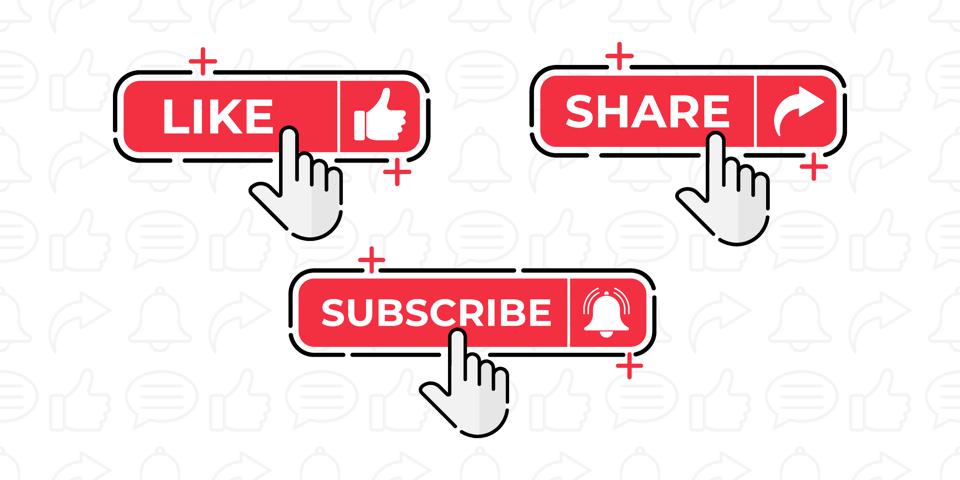After years of essentially being “free,” social media platforms are starting to offer subscription add-ons, including verified accounts and access to greater security. The moves are the latest effort by social media companies – including Facebook and Twitter – to monetize their massive user bases.
Twitter first introduced a paid subscription back in June 2021, but after Elon Musk took control of the company last year, the micro-blogging service expanded it by offering features including the blue verification mark and priority in replies. Last month, Facebook parent Meta followed suit with its own “Meta Verified,” which will be rolled out to users in Australia and New Zealand as part of a pilot program to test the waters.
Revenue Streams
There is now even more pressure on social media sites to find new revenue streams, one of which is the paid subscription model. For power users, the extra features and paid verification has been seen as a wise investment, but it remains unclear if the masses will be willing to pay for what has been generally free.
“Most users will not be interested in paying for a social media subscription,” suggested Courtney Pade, clinical assistant professor of communication and assistant director in the Masters of Communication Management Program at USC.
“Very heavy users of a particular site may be ready to subscribe assuming the subscription greatly improves the user experience, like the ability to be ad-free or includes other desired features,” Paded explained. “For light users, since they already access social media for free and don’t spend a large amount of time browsing or creating content, even fun new features are unlikely to be alluring enough to get them to put down their credit card for yet another reoccurring expense.”
Why Now? Why Not Sooner?
In many ways, it is almost surprising that some of the social media platforms didn’t make these plays earlier – especially as there are already only so many options to generate revenue.
“‘Premium’ features like the account verification options being touted by Twitter and Facebook, are trying to create new revenue streams separate from their traditional advertising businesses,” said technology industry analyst Charles King of Pund-IT.
The situation could be seen as even more dire for Twitter given its smaller size and the number of companies that have abandoned the platform since Musk took control of it last year. Facebook may be in a less precarious position, yet the growing popularity of anti-tracking apps may materially impact the quality of its ad penetration.
“There has been increasing pressure from consumers and regulators alike to allow more transparency and consumer control in the collection of personal data,” said Pade. “Apple’s recent privacy policy changes have reflected this move, with the company implementing App Tracking Transparency.”
Moreover, Apple’s changes have also impacted ad targeting on social media, and even the ability to pinpoint the social media users most likely to be interested in a company’s ad campaigns.
“The change in data collection has caused advertisers to be less eager to spend money on social media platforms like Facebook, Twitter, and Instagram,” Pade noted.
Ads may simply not offer the same value anymore.
“That would be a serious consequence if advertisers determine that the services they’re paying for are no longer providing the benefits they want,” added King. “Those issues aside, it’s worth considering whether we’re nearing a tipping point in terms of consumers being willing to pay for platforms and services that have long been provided freely.”
For now, it is hard to tell if users will embrace the business model – but already TV viewers are paying for multiple streaming services just for one or two favorite shows, so perhaps a similar trend could play out with social media.
“More likely, we’ll see a bifurcation of services among those who trade access to their online behavior for free access to social media and those who can afford to pay for their privacy,” King continued.

